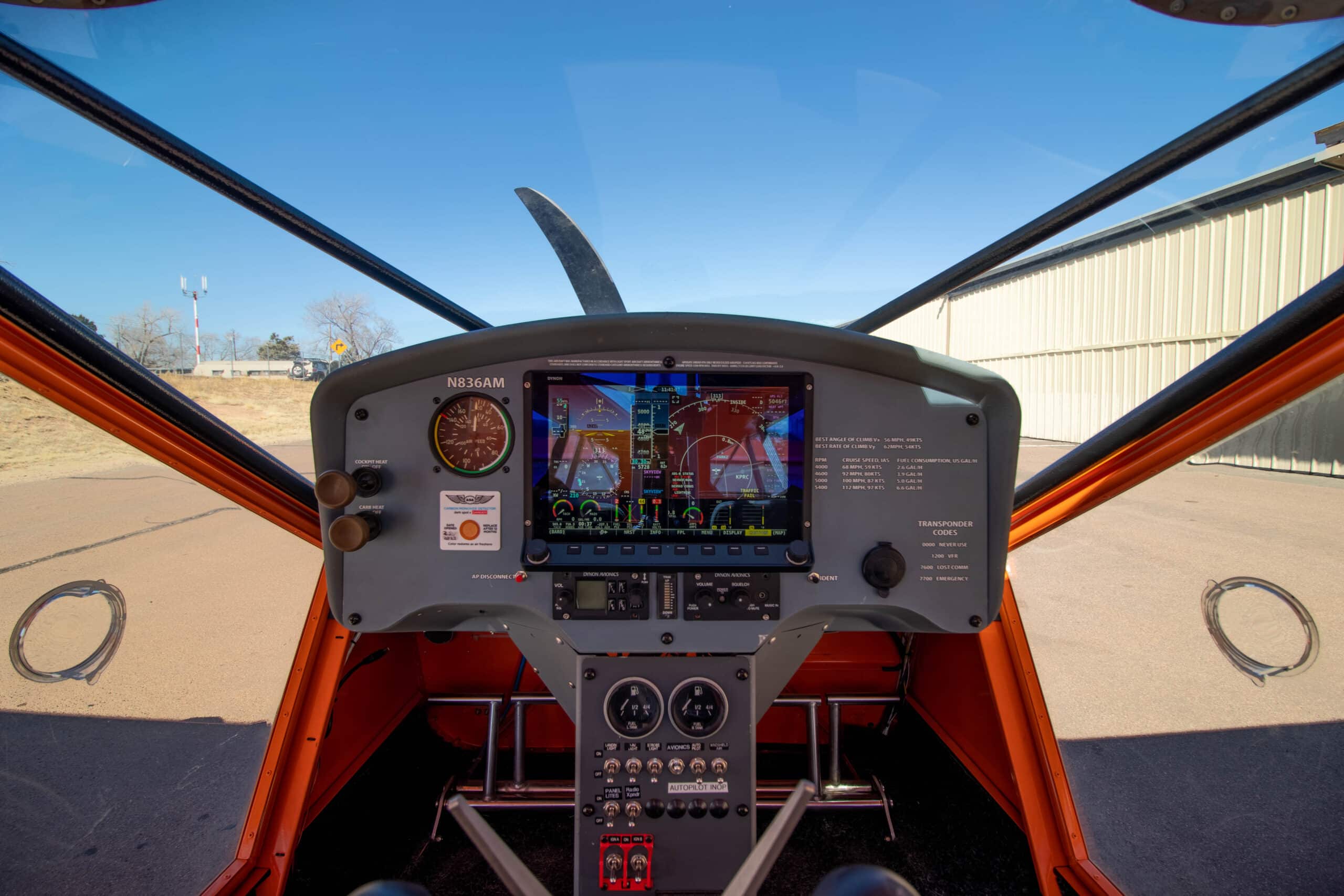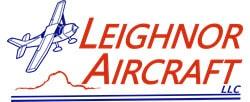What To Expect On Your Discovery Flight

Your Discovery Flight
A Discovery Flight is just what it sounds like: A flight that allows a person that's never been flying to try it out for the first time.
Discovery Flights are offered at a special introductory price and they’re a great option for someone who wonders if they should get a pilot's license.
People take Discovery Flights to learn what it’s like to fly, see if it's something they might want to pursue, and sometimes just to see the area.
A Discovery Flight is a short flight with a certified flight instructor and includes your participation. If you've never flown before, you might be wondering what to expect. Here are a few things to expect during a your Discovery Flight.
Here are ten things to expect on your Discovery Flight.
1. Expect your Discovery Flight to be Casual
Your instructor will welcome you personally and will ask you a few personal questions to see what your level of interest is, and then will discuss the details of the flight with you.
There is no application form required for a Discovery Flight.
2. Expect a Small Airplane
Our Discovery Flights are conducted in a two and four seat aircraft. These aircraft are single-engine propeller-driven aircraft in which the instructor and student will sit side-by-side. These aircraft are meant for flight training and is a safe, reliable airplane for your Discovery Flight.
3. Expect to Participate
It’s voluntary, of course, but you will be allowed to fly the aircraft on your own, with the instructor coaching you. After takeoff and when the instructor has maneuvered to a safe altitude above the ground to an area where you can practice, your instructor will demonstrate how to do basic turns, climbs, and descents, and will let you control the aircraft. But it’s always dependent on your level of comfort, and the instructor will ask you before giving you control of the airplane.
4. Expect a Casual but Professional Preflight Briefing
Just like on a passenger jet, the instructor will spend a few minutes with you explaining what will occur, where you’ll fly, and a game plan for how the flight will go. You’ll also get a preflight safety briefing, including how to work the doors and seat belts and where to find the sic sac if you end up needing one.
5. Expect a Few (Small) Bumps
Turbulence is usually not an issue, since instructors will steer clear of choppy weather on Discovery Flights. It’s not enjoyable to get bounced around, even for experienced pilots, but much less so for someone who has never flown in a small airplane before.
For the most part, Discovery Flights are conducted on calm days, but turbulence isn’t entirely predictable, so don’t be alarmed if there are a few small bumps. It may be more or less turbulent than you expect it to be, but your instructor wouldn’t take you up in an unsafe condition, and a small amount of turbulence is quite normal for light aircraft.
6. Expect to Wear a Headset
Pilots wear headsets to reduce the cockpit noise and to clearly communicate with each other, as well as other pilots flying in the area and air traffic control. You will be given a headset to wear. They’re comfortable, and they allow you to hear and speak to the pilot. Don’t worry: Your voice won’t be heard over the radio by other pilots or ATC - there’s a push-to-talk switch that the pilot uses for that. When you talk into your headset microphone, only the instructor will hear you.
7. Expect to Possibly Get Airsick
You might not get sick, but you might. It’s actually really common for people to get airsick, especially on their first flight or two. Don’t be embarrassed if you do. The combination of nerves, excitement, and a floating feeling can make anyone feel nauseous. Even experienced pilots can get queasy from time to time – it’s just one of the side effects of flying. If you feel nauseous, just tell the instructor and he’ll get you on the ground as quick as possible, where you’ll feel better almost immediately. And don’t be discouraged. Many student pilots are sick at first, but the more you fly, the quicker your body adjusts to the sensations. Most students work through any airsickness during the first few flights.
8. Expect to Learn What it Takes to Become a Pilot
There won’t be any sales pitch, but do expect that your instructor will be eager to share the joy of flight with you. Your instructor will tell you more about what to expect during flight training, how to go about getting a pilot's license, and will gladly answer your questions about flying. Our instructors really are just excited to share the world of flying with others. Your instructor will share with you the next steps if you decide that you do want to come back for more flying.
Your Discovery Flight does count as flight training and you will receive a student pilot's logbook with your Discovery Flight logged at the completion of your flight.
9. Expect to See the Local Area
While flying on your discovery flight in Prescott you may see local landmarks such as The Dells, Watson Lake, and Willow Lake. In Cottonwood you will be able to see Jerome from a different perspective and the Verde Valley around the airport. If you live near the airport, you may see your house. Talk to your instructor and let them know what direction you would like to fly. If it is within range and does not violate any airspace restrictions, they’re usually happy to oblige. Note: we are unable to do air tourism flights of any kind at this time.
10. Expect Your Discovery Flight to Take 1-2 Hours
During a typical first flight, you'll brief for about 15-20 minutes, fly for around 60 minutes, and then you’ll want to allow time for photos in front of the airplane, and to chat with the instructor if you have any questions to go to the next step and begin flight training. The entire experience usually takes between one and two hours.
Expect to Have Fun!
Discovery Flights should be fun. They're usually a low-key, relaxed flight in which you'll see the sights, take in the elements of flight and learn a thing or two about flying an airplane. Take time to enjoy it!
